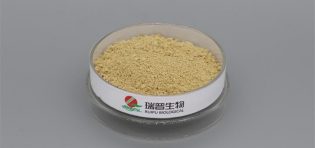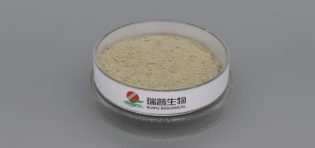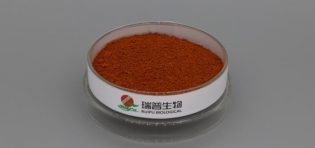
Chinese manufacturers, like any other manufacturers, should pay close attention to various factors when transporting potassium citrate to ensure its safe and secure delivery. Potassium citrate is a chemical compound commonly used as a food additive and medication. Here are some considerations for manufacturers during transportation:
Compliance with Regulations:
Ensure that all transportation activities comply with domestic and international regulations and laws governing the transportation of hazardous materials or chemicals.This includes regulations related to labeling, packaging, documentation, and safety.
Packaging and Labeling:
Potassium citrate should be appropriately packaged and labeled.Containers should be designed to prevent leaks, spills, or contamination during transit.Labels should include essential information, such as chemical identity, hazard warnings, and handling instructions.
Compatibility and Segregation:
Ensure that potassium citrate is not transported in containers or vehicles that have previously held incompatible substances.Proper segregation of chemicals is crucial to avoid reactions or contamination.
Documentation:
Maintain complete and accurate documentation, including Material Safety Data Sheets (MSDS) and shipping records.Ensure that all necessary permits, licenses, and shipping documents are in order.
Hazard Communication:
Provide clear hazard communication information on the packaging and in accompanying documentation.This information should include the nature of the substance, potential hazards, and safety precautions.
Proper Handling:
Train personnel involved in the transportation process on the safe handling of potassium citrate.This includes loading and unloading procedures and the use of personal protective equipment (PPE).
Compatibility with Containers:
Ensure that the containers used for transportation are compatible with potassium citrate.The material of the container should not react with the chemical and cause degradation or release of hazardous substances.
Temperature Control:
Potassium citrate may have specific temperature requirements for transport.Check if it needs to be transported under controlled temperature conditions to maintain its stability.
Transportation Mode:
Select appropriate transportation modes (e.g., road, rail, sea, air) based on the distance to be covered, volume to be transported, and safety considerations.Each mode has its own regulations and requirements.
Emergency Response:
Have a well-defined emergency response plan in case of accidents, spills, or other incidents during transportation.This should include procedures for containment, cleanup, and reporting.
Insurance:
Ensure that you have adequate insurance coverage for potential accidents, damages, or losses during transportation.
Risk Assessment:
Conduct a risk assessment to identify and mitigate potential hazards and vulnerabilities in the transportation process.
Security:
Implement security measures to prevent theft or unauthorized access to the potassium citrate during transit.
Quality Control:
Monitor the condition of the potassium citrate throughout transportation to ensure it arrives at its destination in the intended quality and form.
Transporting chemicals safely is essential to protect both people and the environment.Chinese manufacturers should work closely with experienced logistics providers and follow best practices to ensure the secure and compliant transportation of potassium citrate.








